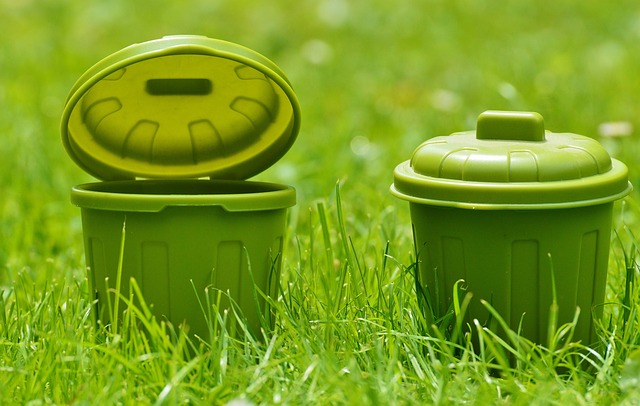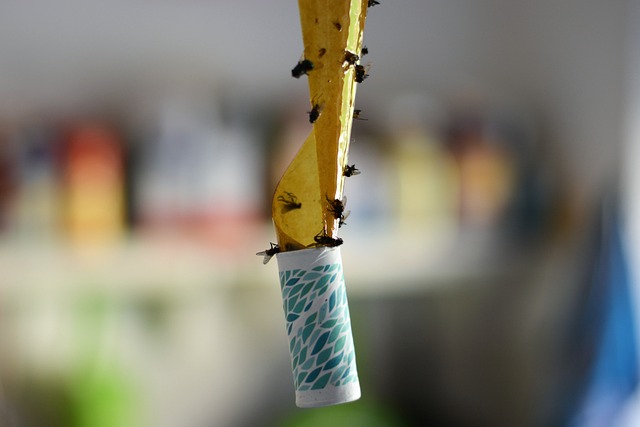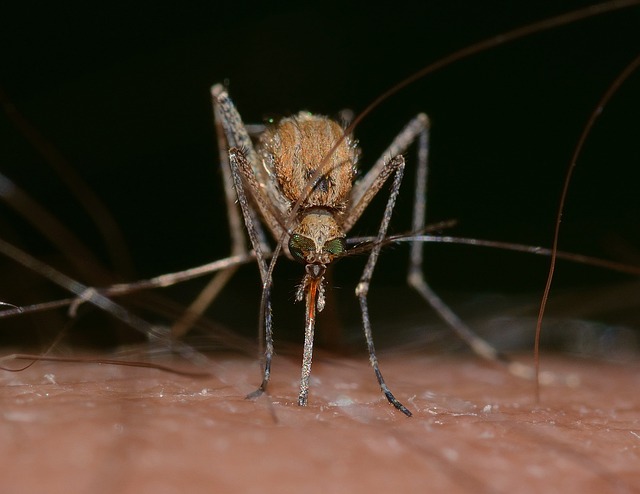Summertime is the season of sunshine, picnics, and, of course, mosquitoes. But before you resign yourself to endless swatting and itching, let’s explore a DIY approach to mosquito control: mosquito traps!
From simple bottle traps to CO2 contraptions, we’ll uncover secrets to keeping those bloodthirsty bugs at bay without breaking the bank. Keep reading to learn more about mosquito traps!
Dealing with Mosquitoes in Oregon & Washington
Mosquitoes are a common nuisance in the Pacific Northwest. These pests typically thrive in warm and humid environments, making the summer months the prime breeding season in the region.
What Attracts Mosquitoes to Certain Areas?
Mosquitoes have their favorite hangout spots, and knowing what draws them in can help us keep them at bay.
One thing they love? Standing water. It’s the ideal breeding ground for mosquito larvae to grow and thrive. If you have stagnant ponds, clogged gutters, or even water in old containers, you can bet mosquitoes will be lining up to lay their eggs there.
But it’s not just water that gets mosquitoes buzzing! Mosquitoes rely on the air we exude to reach their next meal, relying on carbon dioxide to lead them right to you. Plus, they’re suckers for body heat and certain scents, like sweat.
Understanding what attracts mosquitoes can help us pinpoint and eliminate breeding sites and take steps to avoid becoming their next meal. With a bit of know-how, you can make your outdoor space less inviting for these pesky pests.
Mosquito Life Cycle
Mosquitoes progress through four distinct life stages: egg, larva, pupa, and adult. During the larva and pupa phases, which occur in water, mosquitoes are most susceptible to control methods.
Encouraging female mosquitoes to lay their eggs in traps helps us effectively stop their development into adult mosquitoes. This proactive approach reduces the number of mosquitoes buzzing around and lowers the risk of mosquito bites and the spread of diseases.
Types of DIY Mosquito Traps
If you’re tired of slapping away mosquitoes, it’s time to take matters into your own hands. Enter DIY mosquito traps: the budget-friendly solution to reclaiming your outdoor space and enjoying those warm summer nights mosquito-free.
Bottle Traps
With just a few household items and a bit of know-how, you can create a trap that lures in these pesky insects and keeps them at bay.

Materials needed:
- Plastic bottles (preferably 2-liter)
- Sugar or honey
- Active dry yeast
- Warm water
- Black paper or paint
- Scissors
- Tape or glue
Step-by-step instructions:
To construct a bottle trap, cut the plastic bottle in half horizontally, just below the neck. Mix warm water with sugar or honey in the bottom half to create a sweet solution that will attract mosquitoes.
Once the sugar dissolves, add a small amount of active dry yeast to the mixture. This will produce carbon dioxide, mimicking the breath of humans and animals.
Afterward, flip the top half of the bottle and insert it into the bottom half, forming a funnel shape. Use tape or glue to secure the two halves together. For an added boost, consider wrapping the outside of the bottle with black paper or giving it a coat of black paint since mosquitoes are drawn to darker hues.
Place the trap in areas where mosquitoes are prevalent, like near stagnant water sources or shaded areas.
While bottle traps can help reduce mosquito populations in small areas, they may be less effective in larger outdoor spaces. These traps require regular maintenance to replace the attractant mixture and dispose of trapped mosquitoes.
Container CO2 Traps
CO2 is a primary attractant for many mosquito species, signaling the presence of potential food sources nearby. DIY CO2 traps similarly use the power of yeast to produce CO2, effectively mimicking the breath of humans and animals, enticing mosquitoes into the trap.

To craft your DIY CO2 trap, select a large plastic container with a lid. Then, drill holes in the lid to allow the CO2 to escape once it begins brewing inside. Mix a blend of sugar, water, and yeast directly within the container to kickstart the production of CO2.
Once your trap is assembled, strategically place it in areas frequented by mosquitoes, such as shady spots near patios or outdoor seating areas. Be sure to monitor the trap regularly and replenish the CO2 mixture as needed to maintain its allure.
To further enhance the effectiveness of your CO2 trap, consider positioning it in shaded locations, as mosquitoes tend to prefer cooler, darker environments. Additionally, setting up multiple traps for larger outdoor spaces can provide broader coverage and increase mosquito capture rates.
With these adjustments, your homemade CO2 traps will operate at maximum capacity, allowing you to reclaim your outdoor space and enjoy mosquito-free moments in the great outdoors.
Sticky Paper Traps
To create sticky traps for mosquitoes, gather a few essential materials:
- Scissors
- Sticky paper or tape
- An attractant bait like sugar water or fruit juice
- String or adhesive hooks for hanging.

Start by cutting the sticky paper or tape into strips or squares, depending on your preferred size. Next, apply the attractant bait onto the sticky surface of the paper or tape. Once your traps are baited, position them around windows, doorways, or in different spots in your yard.
Sticky paper traps have advantages, mainly in their ease of setup and use. They’re simple to assemble and don’t require much effort, making them a convenient choice for DIY mosquito control.
Water-Based Traps
Water-based traps effectively reduce mosquito populations by targeting them during larval stages, utilizing stagnant water as a breeding ground. To set up a water-based trap at home, identify areas with stagnant water, like bird baths, clogged gutters, or unused containers.
Once you’ve pinpointed these breeding grounds, take action to eliminate potential breeding sites by emptying or removing the stagnant water. If removing the water isn’t feasible, consider adding larvicide tablets or mosquito dunks to eradicate mosquito larvae and prevent their development.
Trust Natura to Eliminate Mosquitoes at Your Home!
While DIY solutions for mosquitoes might seem like a quick fix, it’s essential to understand that they don’t always get the job done.
Plus, these DIY methods aren’t enough to reduce the mosquito population. They might work for a while but are only a short-term solution with proper expertise and equipment. You might catch a few mosquitoes in your homemade trap, but they’ll keep returning for more if you’re not getting rid of their breeding grounds. And let’s face it— building traps and spraying homemade repellents can be a hassle.
That’s where the pros come in. When you call in a professional pest control agency like ours, you’re getting more than just a quick fix; you’re getting a team of experts who know mosquitoes inside and out.
We have the training, experience, and top-notch equipment to tackle even the most challenging mosquito infestations. With our help, you can enjoy outdoor space without constantly swatting away mosquitoes. So go ahead and contact us today!



